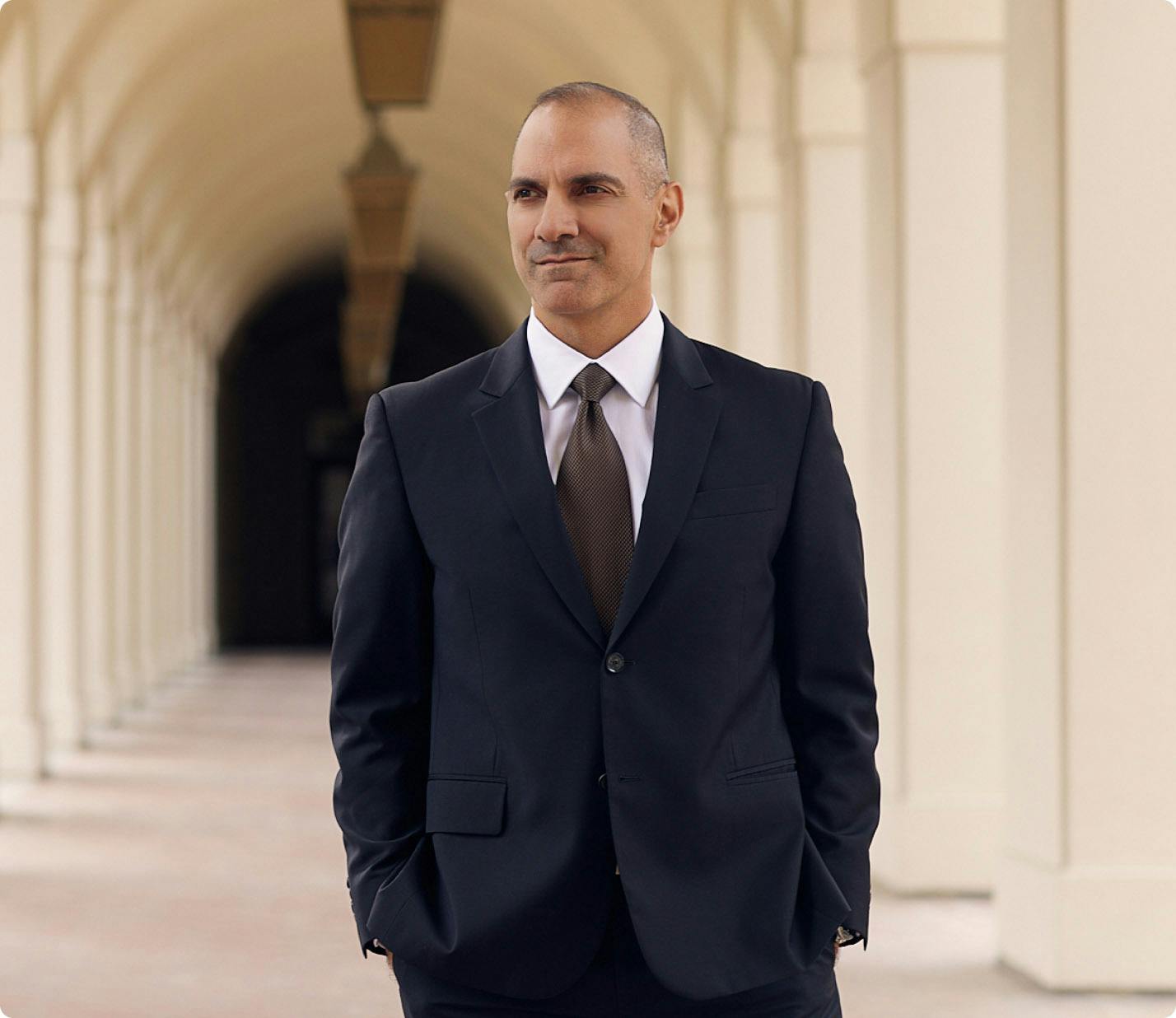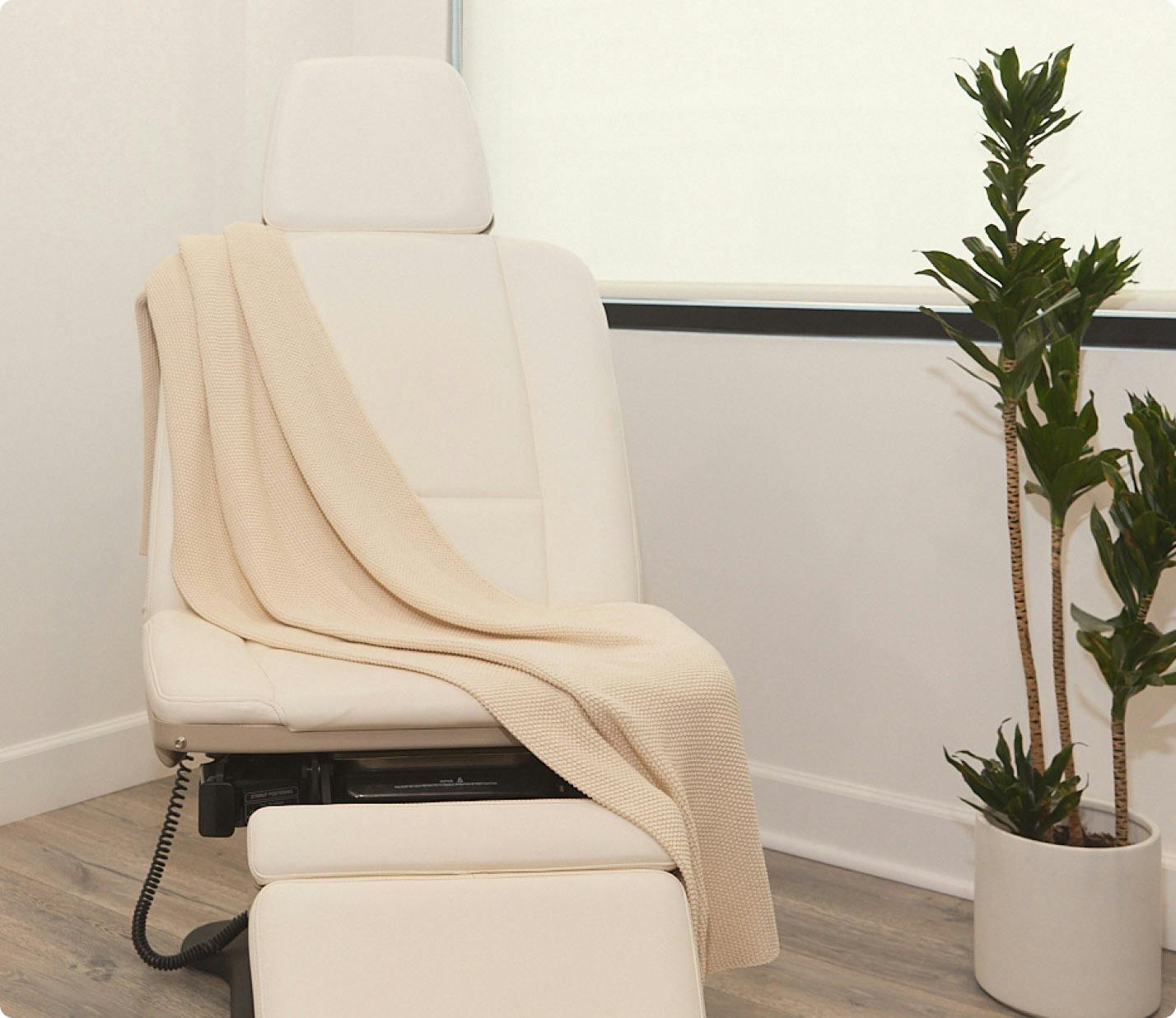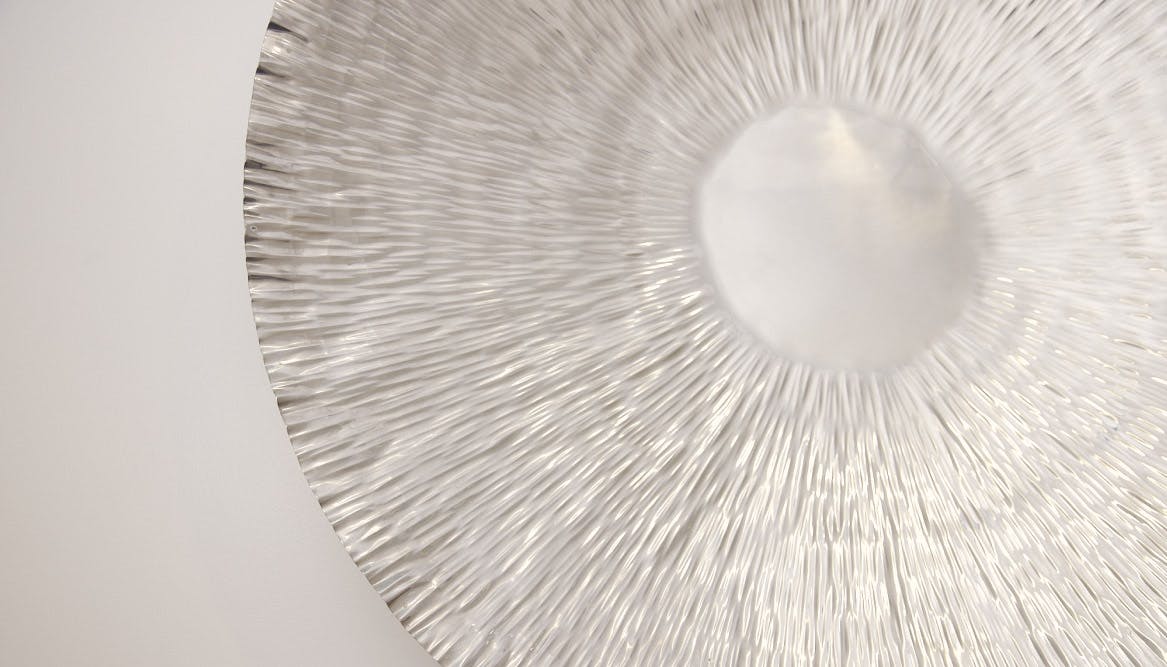Are your ears a source of self-consciousness or discomfort? Dr. Panossian MedSpa offers expert solutions for correcting prominent ears
Understanding Otoplasty: Correcting Prominent Ears
In order to correct prominent ears, surgical intervention is often required. Otoplasty procedures involve reconstructing the cartilage structure so that it regains its natural fold and brings the ears closer to the head. This procedure is typically performed by a facial plastic surgeon who is experienced in treating ear deformities. In some cases, children may not need surgery until they reach adult size; however, this depends on the severity of the condition and whether or not it affects their everyday life. If you’re considering otoplasty for your child, it’s important to seek advice from an expert plastic surgeon in order to decide which course of action would be best for your child’s specific case.












